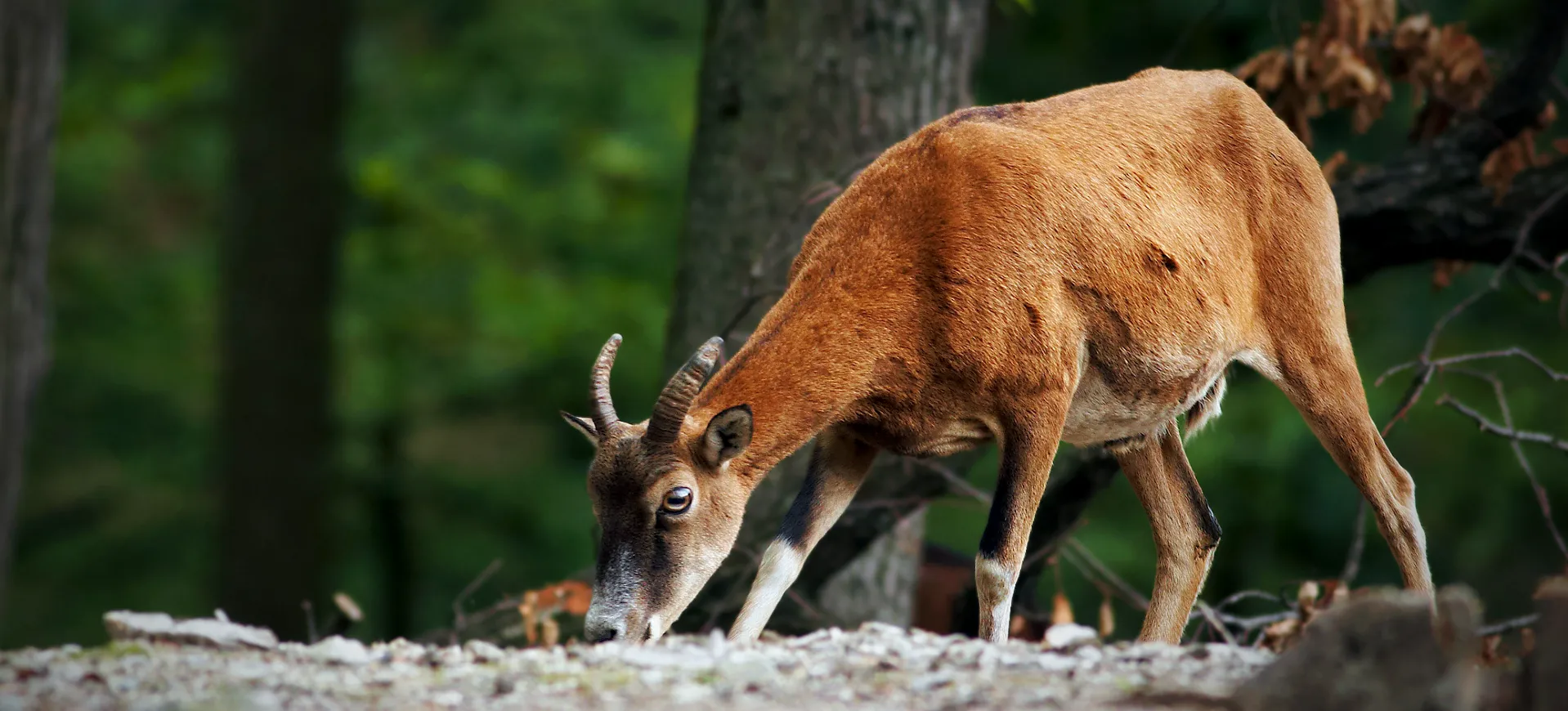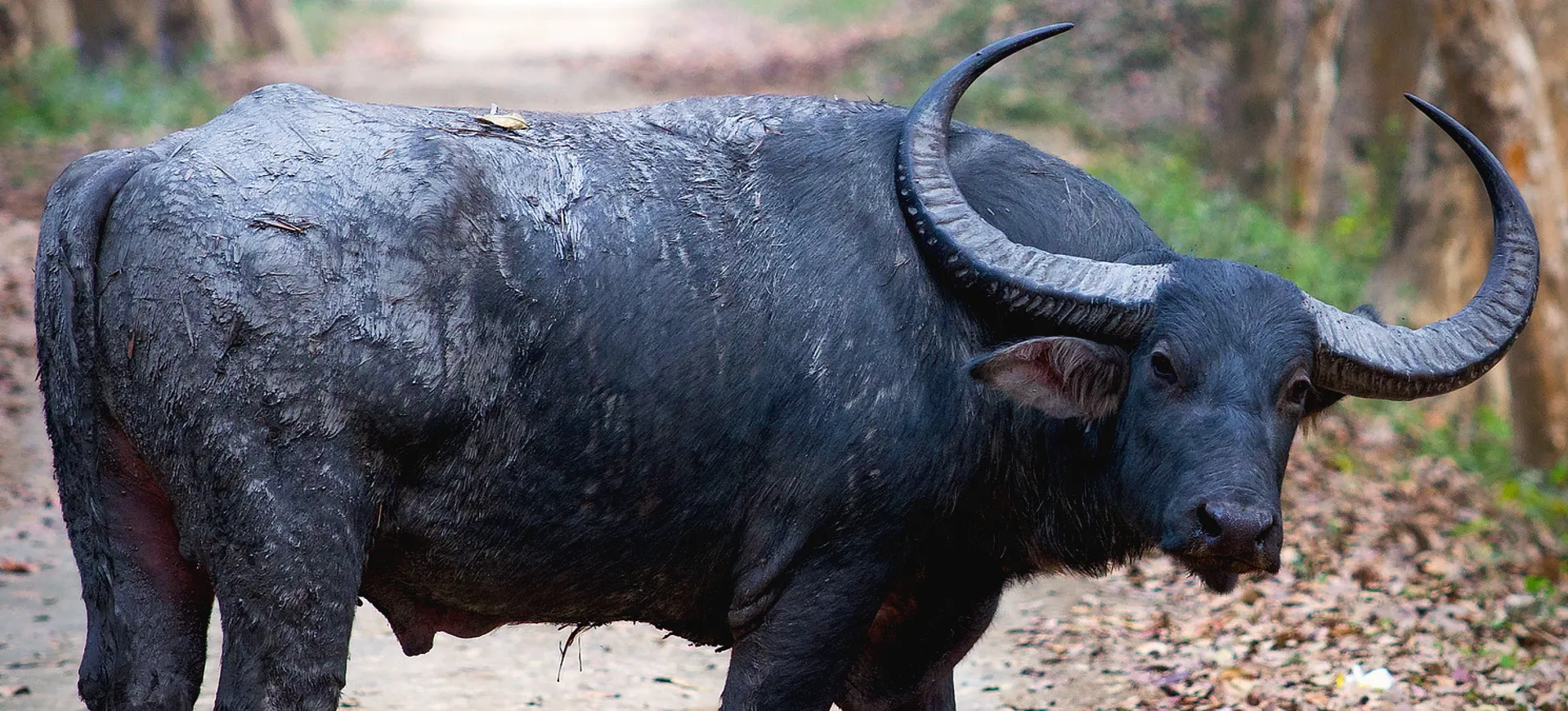Overview
The Addax (Addax nasomaculatus), also known as the white antelope and the screwhorn antelope, is a remarkable creature noted for its ability to survive in harsh desert conditions. This critically endangered mammal is native to the Sahara and Sahel regions of Africa, primarily dwelling in desert and semi-desert regions characterized by dunes, gravel plains, and sparse vegetation. It’s easily identifiable by its pale, sandy or white coat that helps it blend into its desert environment and its striking, twisted horns that can reach impressive lengths. The Addax, an antelope species, is herbivorous, and its diet consists mainly of desert vegetation.
In terms of behavior, Addaxes are primarily nocturnal, seeking refuge from the harsh sun during the day and becoming more active during the cooler night hours. They are adept at finding water in their arid environments, deriving moisture from their food and dew. Despite their ability to live in the toughest conditions, the Addax is threatened with extinction due to factors like hunting and habitat degradation.
The Addax has a unique social structure, forming herds ranging from a few individuals to around 20 members. These herds, the oldest female usually leads, are nomadic, roaming the deserts for food and water. This social structure is crucial for the survival of this species, as it enables them to share knowledge about food and water sources and provides better protection against predators.
Taxonomy
Kingdom
Phylum
Class
Order
Family
Genus
Species
Type
Current distribution:
The Addax is now largely confined to a few isolated regions in the Sahara desert. Their populations are most concentrated in the Termit & Tin Toumma National Nature Reserve in Niger. They are also found in remote parts of Chad and possibly in regions of Mali. The Addax’s range has drastically shrunk due to excessive hunting and habitat degradation.
Despite the inhospitable environment, these antelopes have adapted to these desolate and remote regions. However, they continue to face threats from oil exploration and armed conflict in their already shrinking habitats, further imperiling their survival.
Physical Description:
The Addax is a medium-sized antelope, standing tall on its robust, sturdy legs. The most distinctive feature of the Addax is its long, spiraling horns, present in both males and females, which can grow up to 120 cm in males and 80 cm in females. Their coat changes seasonally, being sandy or brownish-grey in winter and almost white in the summer, providing an excellent camouflage against the desert sands.
The body shape of the Addax is well adapted for desert living. They have a stocky build with a broad chest, which aids in storing fat reserves for periods when food is scarce. Their hooves are wide and flat, particularly effective for walking on sand, preventing them from sinking in. The Addax also has a prominent nose, lined with dense hairs that are believed to protect the nostrils from sand dust during desert storms.

Lifespan: Wild: ~20 Years || Captivity: ~25 Years

Weight: Male: 220-275 lbs (100-125 kg) || Female: 130-200 lbs (59-91 kg)

Length: Male: 59-73 in (150-185 cm) || Female: 55-68 in (140-173 cm)

Height: Male: 41-45 in (104-114 cm) || Female: 37-43 in (94-109 cm)

Top Speed: 22 mph (35 km/h)
Characteristic:
Native Habitat:
The Addax is native to the arid regions of the Sahara and the Sahel in Africa. Sandy dunes, stony desert plains, and areas of sparse vegetation characterize these regions. They strongly prefer sandy deserts, where they can use their specially adapted hooves to traverse the terrain with relative ease.
Their habitat usually lacks regular rainfall and can experience extreme temperature fluctuations, from scorching heat during the day to cold at night. Despite these harsh conditions, the Addax has adapted remarkably well, with its pale coat providing excellent camouflage against the sandy terrain and helping to reflect the sun’s heat.
Climate Zones:
Biomes:
WWF Biomes:
Biogeographical Realms:
Continents:
Countries:
Diet:
Diet & Feeding Habits:
Addaxes are primarily browsers who prefer a diet consisting of grasses, herbs, and shrubs. During the wet season, they graze on the sudden abundance of grasses that sprout in their desert environment. However, during the harsh dry season, they switch to feeding on any available shrubs and bushes, exhibiting remarkable dietary flexibility crucial to survival in the arid desert environment.
Addaxes are adept at finding food, often digging in the sand to uncover roots or tubers. They do not need to drink water regularly, as they can obtain sufficient moisture from their food. Their diet changes with the availability of vegetation, but they are known to feed on plants that other herbivores avoid due to their high salt content.
Mating Behavior:
Mating Description:
Addaxes breed year-round, but most births occur just before or after the peak of the rainy season. Their mating behavior includes a dominance hierarchy where the strongest males mate with the receptive females.
Females give birth to a single calf after a gestational period of around 8 to 9 months. The newborn calf is usually hidden for a couple of weeks until it is strong enough to join the herd. The mother-calf bond is strong, with mothers often seen grooming their young. This nurturing behavior is believed to help strengthen the bond between them.
Reproduction Season:
Birth Type:
Pregnancy Duration:
Female Name:
Male Name:
Baby Name:
Social Structure Description:
Addax herds are typically small, comprising a few to about 20 individuals. These herds, usually led by the oldest female, are nomadic, wandering the desert for food and water. Males often establish dominance through non-violent displays, such as mock fights and posturing.
The Addax’s social structure is notably matriarchal, with females leading the group. This system has been suggested to be due to the importance of experience in navigating their harsh desert environment and locating vital resources like food and water.
Groups:
Conservation Status:
Population Trend:
The Addax population in the wild is critically low, with fewer than 90 individuals estimated to be left. Over the past few decades, the numbers of Addax have been drastically reduced due to uncontrolled hunting, habitat degradation, and disruption caused by oil exploration. The largest remaining population is believed to be in the Termit & Tin Toumma National Nature Reserve in Niger.
However, the Addax has fared better in captivity, with a global population of approximately 2000. Successful breeding programs in zoos and protected reserves have been established, and some attempts have been made to reintroduce captive-bred Addax into the wild. However, these efforts have had limited success due to the continued threat to their natural habitats.
Population Threats:
The primary threats to the Addax population include uncontrolled hunting and habitat loss. The Addax has been hunted for its meat and skin, and this hunting pressure has increased with the availability of modern firearms and off-road vehicles, making it easier for poachers to penetrate the Addax’s remote desert habitats.
Habitat degradation is another major threat, often driven by the region’s oil exploration and military activity. This not only disrupts their habitats but also increases the access of hunters to these previously remote areas. Climate change, leading to further desertification and changes in vegetation, is an emerging threat that could further impact this desert-adapted species.
Conservation Efforts:
Efforts to conserve the Addax have included establishing protected areas within their range, such as the Termit & Tin Toumma National Nature Reserve in Niger, which houses the largest remaining population. Anti-poaching measures have also been implemented, although enforcement in these remote areas remains challenging.
Captive breeding programs have successfully increased Addax numbers, with zoos and private reserves worldwide contributing to these efforts. Some attempts have been made to reintroduce captive-bred Addax into the wild, but these have been limited due to the continued threats to their habitats.
Additional Resources:
Fun Facts
- The Addax’s coat changes color with the seasons – it turns greyish brown in winter and nearly white in summer.
- Despite living in some of the most arid regions in the world, Addaxes can survive without free water for long periods.
- They have a unique way of walking called “stotting,” in which all four hooves hit the ground at the same time.
- Both males and females possess long, twisted horns.
- Addaxes are one of the most desert-adapted antelopes.
- They can detect rainfall and move towards it, a key survival strategy in their arid environment.
- Newborn Addax calves can stand and run within a few hours of birth.
- They have wide, flat hooves that prevent them from sinking into the sand.
- The Addax’s predators are lions, African hunting dogs, and humans.
- Their nostrils are lined with thick hair to protect them from inhaling sand.

















































































